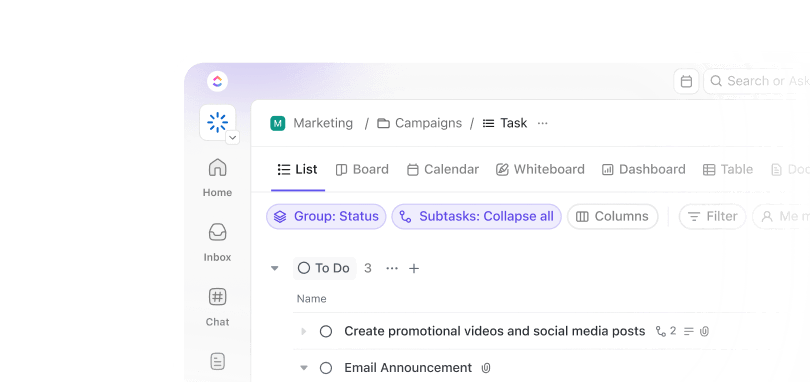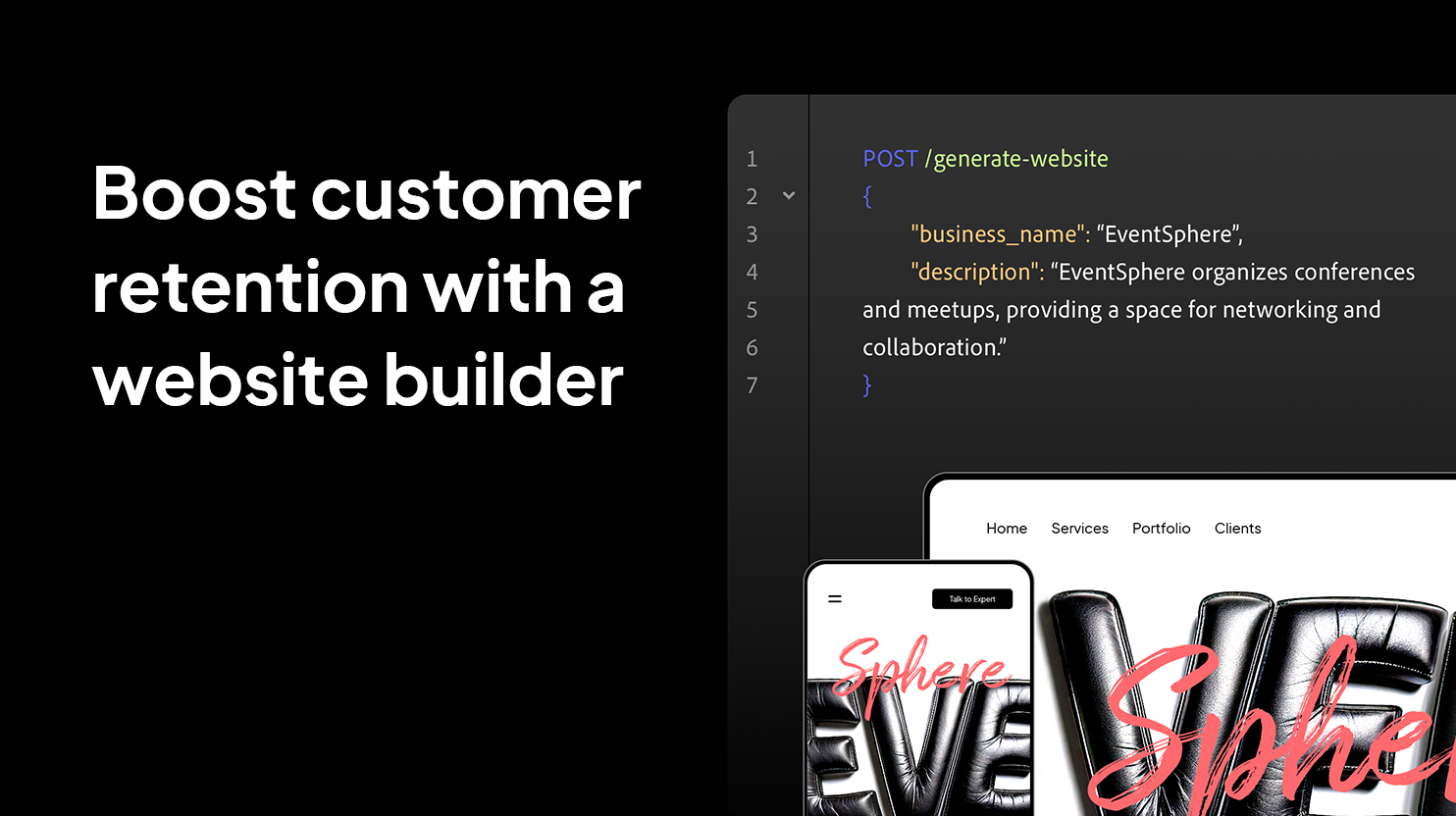Some people climb the career ladder with ease. Others feel stuck, unsure of their next move. The difference? A clear plan. A career development plan turns vague ambitions into structured steps, making growth intentional instead of accidental.
Think of it like mapping a journey. Without a destination, you risk driving in circles. The same applies to your career. A well-crafted plan helps you stay on course, adapt to changes, and take control of where you’re headed.
What Is Career Development Planning?
Career development planning is a structured approach to achieving long-term professional success. Instead of leaving career growth to chance, it provides a clear roadmap for acquiring new skills, advancing in your field, and adapting to industry changes.
For example, imagine a software developer aiming to transition into a software architect role. Without a plan, the journey could feel overwhelming.
But with a career development plan, they can:
- Assess their current skills in programming languages, system design, and leadership
- Identify areas for improvement, such as the need to enhance technical skills in cloud architecture
- Set measurable goals like obtaining a certification in AWS within six months
- Track progress by working on open-source projects and seeking mentorship from industry leaders
Whether you’re an entry-level employee or a seasoned professional, a career development plan example helps align your aspirations with real opportunities. It also ensures steady career growth by providing a structured path forward.
The Elements of a Career Development Plan
A career isn’t built overnight. It takes strategy, consistency, and the right opportunities. A career development plan acts as a blueprint, helping you navigate growth with intention. Without it, progress can feel scattered—like moving without direction.
Here’s what makes a plan effective:
- Self-assessment: Review current skills, strengths, and areas for improvement to understand where you stand
- Goal setting: Define your career aspirations with clear short-term and long-term goals
- Skill development: Focus on acquiring new skills needed to stay competitive, from technical skills to leadership abilities
- Actionable steps: Participate in courses, attend industry conferences, or use career development plan templates for structure
- Tracking progress: Regularly evaluate progress, refine goals, and adapt to industry changes
A well-structured career development plan example ensures steady career growth by keeping career decisions intentional and adaptable to evolving opportunities.
Examples of Career Development Plans
A career development plan looks different depending on where you are in your career and where you want to go. A software engineer aiming for a leadership role will follow a different path than a financial analyst transitioning into data science.
The structure of each plan depends on skill gaps, industry trends, and long-term goals. Below are three detailed career development plan examples, each designed for a specific career trajectory.
Career development plan for a software engineer moving into a leadership role
A mid-level software engineer with five years of experience wants to become an engineering manager. While they have strong coding skills, they need to develop expertise in system architecture, cross-functional collaboration, and leadership.
Key development areas and action steps:
- Technical upskilling: Master cloud computing and scalable architecture through advanced training and real-world projects
- Leadership abilities: Gain practical experience in leadership by volunteering to lead a team or project within their company
- Professional network expansion: Attend industry conferences, engage in knowledge-sharing sessions, and seek mentorship from experienced managers
- Tracking progress: Use structured goal-setting frameworks and career development plan templates to set quarterly milestones and track leadership growth
By following this approach, the software engineer can transition smoothly into leadership while maintaining technical excellence.
Career development plan for a marketing professional aiming for a CMO role
A marketing manager with seven years of experience wants to become a chief marketing officer. They have expertise in campaign management and brand positioning but need to refine skills in strategic business growth, market forecasting, and executive decision-making.
Key development areas and action steps:
- Expanding business knowledge: Deepen understanding of corporate strategy through executive training and performance reviews of past campaigns
- Industry influence: Establish credibility by engaging in thought leadership through speaking at industry events and writing about marketing trends
- Team growth strategy: Develop performance management systems that optimize team efficiency and drive campaign ROI
- Tracking progress: Use structured milestones, career development plan templates, and executive coaching feedback to evaluate progress
With a focus on strategic leadership, this plan positions the marketing manager for long-term success in a CMO role.
Career development plan for a financial analyst transitioning into data science
A financial analyst with strong quantitative skills wants to pivot into data science. They have a solid background in financial modeling but need to develop proficiency in machine learning, programming, and data visualization.
👀 Did You Know? David Siegel, co-founder of the data-driven investment firm Two Sigma, began his career in finance before leveraging his expertise to revolutionize data science in the financial sector
Key development areas and action steps:
- Technical training: Build expertise in data science through courses on Python, SQL, and machine learning. Earn certifications like Google Data Analytics to validate skills
- Hands-on experience: Work on real-world datasets, contribute to open-source projects, and apply data-driven insights to current financial work
- Industry adaptation: Connect with the data science community by joining professional organizations and attending networking events
- Skill validation: Build a project portfolio showcasing end-to-end data analytics solutions that demonstrate proficiency to potential employers
By structuring their learning and integrating hands-on experience, the financial analyst can successfully transition into data science with a strong technical foundation and industry relevance.
Each of these employee career development plans demonstrates how industry, career goals, and required skills shape a unique path forward. A clear, structured plan transforms aspirations into real opportunities for career growth.
Creating Your Personal Development Plan
A personal development plan transforms career ambitions into structured, actionable steps. Instead of vague intentions, it provides a clear roadmap for acquiring new skills, tracking progress, and refining long-term career strategies.
Whether you’re aiming for a leadership role, transitioning industries, or deepening your expertise, a structured plan keeps you focused.
Here’s how to create a personal development plan that drives real career growth.
Step 1: Define your career goals with the SMART framework
Before taking action, you need a clear direction. Setting goals that are too broad or unrealistic leads to frustration, while well-structured goals create momentum.
The SMART framework ensures your career goals are:
- Specific: Clearly define what you want to achieve
- Measurable: Set criteria to track progress
- Achievable: Keep goals realistic within your capabilities
- Relevant: Align goals with your long-term career vision
- Time-bound: Set deadlines to maintain motivation
Example of a SMART career goal:
❌ “I want to improve my leadership skills.” (Too vague)
✅ “In the next six months, I will complete a leadership training course, mentor a junior employee, and lead a team project to develop my managerial experience.”
With Goals you can amplify your career plans and chart then down properly. It helps you set and track measurable milestones.
To organize and structure your goals effectively, use the Employee Development Plan Template.
This template:
- Breaks down long-term career objectives into clear, structured steps
- Provides a visual roadmap for tracking short-term and long-term milestones
- Ensures accountability with built-in progress reviews
Step 2: Identify skill gaps and growth areas
Once you’ve set your career goals, the next step is to analyze where you currently stand. Identifying skill gaps helps you understand what areas need improvement before progressing toward your goals.
How to conduct a skill gap analysis:
- Compare job descriptions of your target role and note key requirements
- Seek feedback from managers, mentors, or colleagues on areas for improvement
- Rate yourself on essential competencies such as leadership, communication, technical skills, and industry knowledge
For a structured approach, use the Career Path Template to map out your long-term career trajectory.
This template:
- Helps visualize career progress with clear milestones
- Aligns personal growth with company objectives
- Creates a structured development path based on evolving career goals
Step 3: Outline actionable steps for skill development
Now that you know which skills need improvement, it’s time to build a plan to develop them. Skill-building requires a mix of learning, networking, and hands-on application.
Practical steps to acquire new skills:
- Enroll in online courses to develop specialized knowledge
- Work on real-world projects to apply new skills in a practical environment
- Join mentorship programs to learn from experienced professionals
- Attend industry events to stay updated and expand your network
To keep your learning journey structured, use the Personal Development Plan Template.
This template helps:
- Break long-term career goals into daily and weekly tasks
- Provide a clear roadmap for structured skill development
- Ensure your plan remains flexible and adaptable as your career evolves
Step 4: Track progress with performance indicators
Without measurable progress, it’s hard to know whether your personal development plan is working. That’s why performance indicators (KPIs) play a crucial role in career growth.
Examples of career KPIs:
- Completing a certification or training within a specific timeframe
- Leading a project to gain hands-on leadership experience
- Expanding your professional network by attending three industry events in six months
- Improving technical skills by completing two coding projects or case studies
You can utilize Dashboards to track and visualize progress with real-time insights. Dashboards help you:
- Monitor key milestones and measure progress against career goals
- Stay accountable by setting reminders and deadlines for action items
- Adjust your strategy based on performance trends


While you are all set to track your professional development plan, here are a few tips on productivity to help you achieve everything you have planned for your career 👇
Step 5: Regularly review and refine your plan
A personal development plan is not static—it evolves as industries shift, new opportunities arise, and career aspirations change. Regularly reviewing and updating your plan ensures it stays relevant and aligned with your goals.
How to refine your plan effectively:
- Conduct quarterly reviews to assess progress and adjust milestones
- Seek feedback from mentors or managers to gain insights on recent progress
- Stay updated on industry trends that may impact your skill requirements
- Modify learning paths based on new career aspirations
By using ’s customizable templates for career planning, you can ensure your development plan remains structured, adaptable, and goal-oriented.
📮 Insight: Low-performing teams are 4 times more likely to juggle 15+ tools, while high-performing teams maintain efficiency by limiting their toolkit to 9 or fewer platforms. But how about using one platform? So if you’re looking to rewrite your career trajectory, start by
As the everything app for work, brings your tasks, projects, docs, wikis, chat, and calls under a single platform, complete with AI-powered workflows.
A personal development plan is more than a career checklist—it’s a strategic roadmap for long-term professional success.
By setting SMART goals, identifying skill gaps, outlining actionable steps, tracking progress with performance indicators, and refining your plan regularly, you take control of your personal growth objectives. The right plan ensures that every step you take leads to measurable career progress.
Turning Career Plans into Action
A career development plan is a strategic approach to long-term employee growth. Whether you’re aiming for leadership, transitioning industries, or refining your expertise, structured planning ensures you stay on track.
By setting SMART goals, identifying skill gaps, and tracking progress with performance indicators, you create a clear path toward career success while aligning with employee’s career goals and staying adaptable to industry changes.
The key to professional growth is not just planning, but taking action. A well-structured plan helps you stay accountable, track milestones, and make informed career moves.
Sign up for to streamline your development plan and take control of your career journey.🚀


Everything you need to stay organized and get work done.














